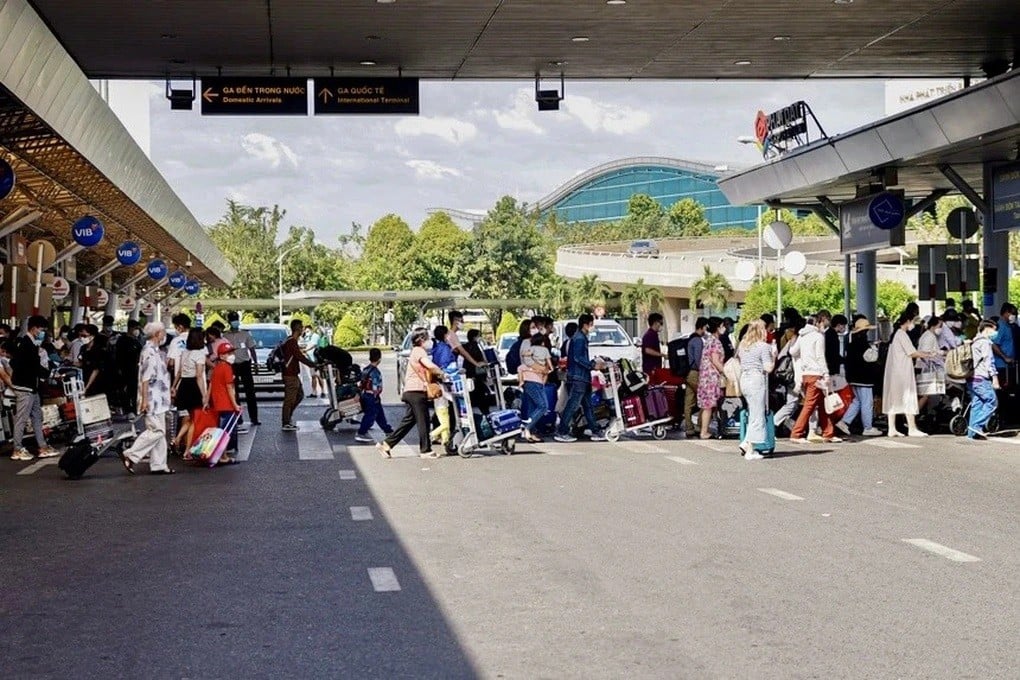 |
| Passengers return to Ho Chi Minh City after the 2024 Lunar New Year holiday. (Photo: Thuy Minh) |
Tan Son Nhat International Airport welcomed 148,000 passengers on February 14, the highest number since the beginning of the Tet peak this year.
According to Tan Son Nhat Airport Operations Center, on February 14 (the 5th day of Tet), Tan Son Nhat International Airport had 934 flights, with 836 passenger flights; of which 467 were arriving and departing flights.
The number of passengers passing through the airport reached more than 147,900, most of whom were arriving passengers, with more than 89,000 people. Because it was the last day of the holiday, a large number of people returned to the city on domestic flights, reaching more than 66,000 people. Meanwhile, 58,900 passengers left the city via flights.
This is the second consecutive day that Tan Son Nhat Airport has seen a very high number of passengers. On February 13, the airport had 843 flights with 136,500 passengers. Despite the large number of arrivals, operations at the airport were relatively stable.
In preparation for this peak season, Tan Son Nhat International Airport said it has coordinated with taxi companies, contracted cars, and technology cars to increase the number of vehicles in service. The airport also closely coordinates with airlines to update flight schedules, resources, ground service equipment, and passenger service.
Tan Son Nhat International Airport's previous forecast showed that during the peak service period of Tet Giap Thin 2024 (from January 26 to February 14), there will be about 860-900 flights arriving and departing from the airport each day, with an average passenger volume of about 135,000-140,000 passengers per day.
Since February 6, the Airports Corporation of Vietnam (ACV) has been testing a cashless collection system at the entrance and exit of Tan Son Nhat airport using RFID technology, helping to shorten payment time and reduce congestion at the entrance and exit of the port.
From February 1, Tan Son Nhat airport also officially deployed the model of coordinated decision making at airports and seaports (A-CDM).
This model helps improve operational efficiency such as increasing the rate of on-time flights; minimizing situations where aircraft stop for long periods on the taxiway; and better serving luggage and cargo due to well-planned flights.
( according to VNA )
Source





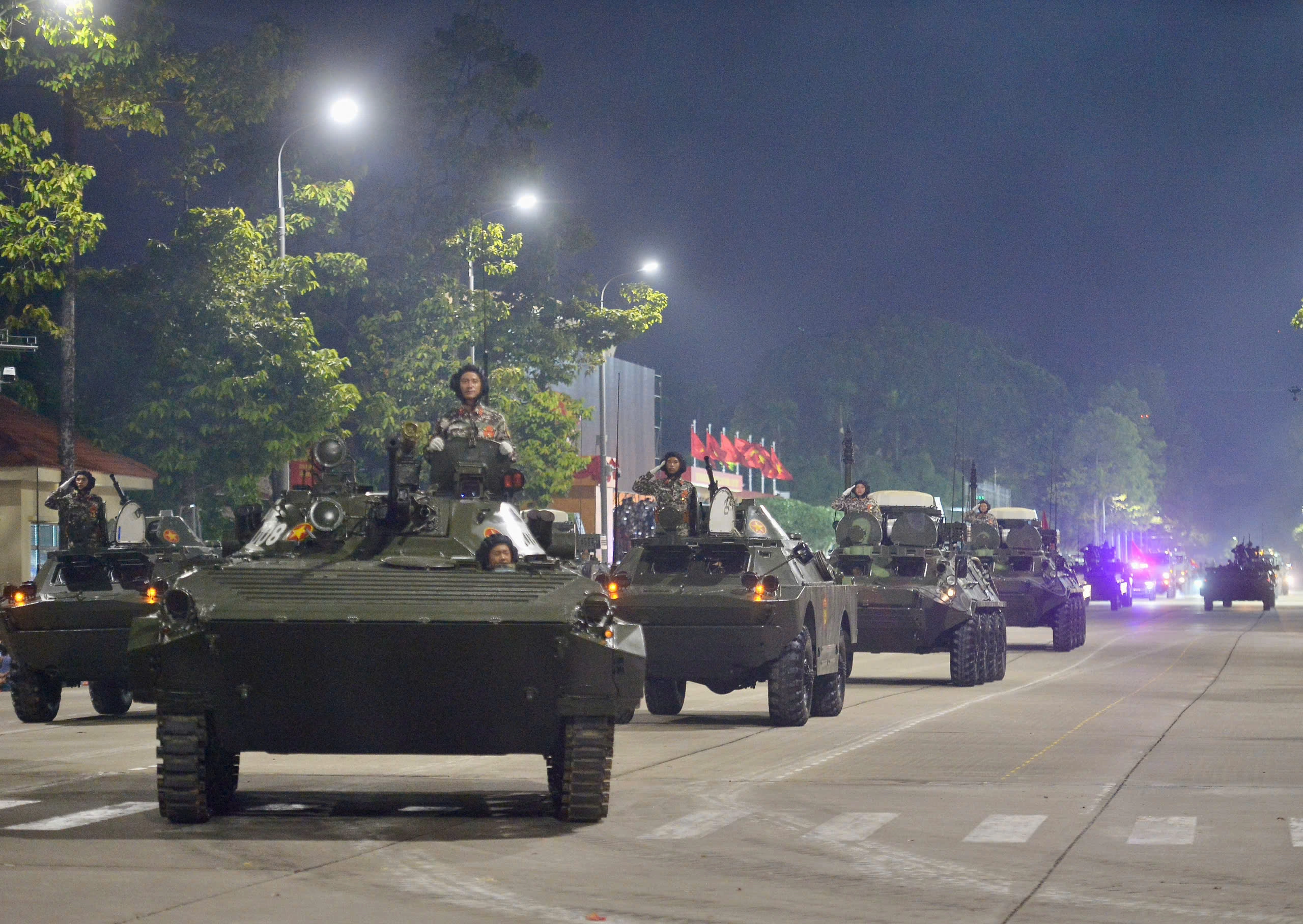



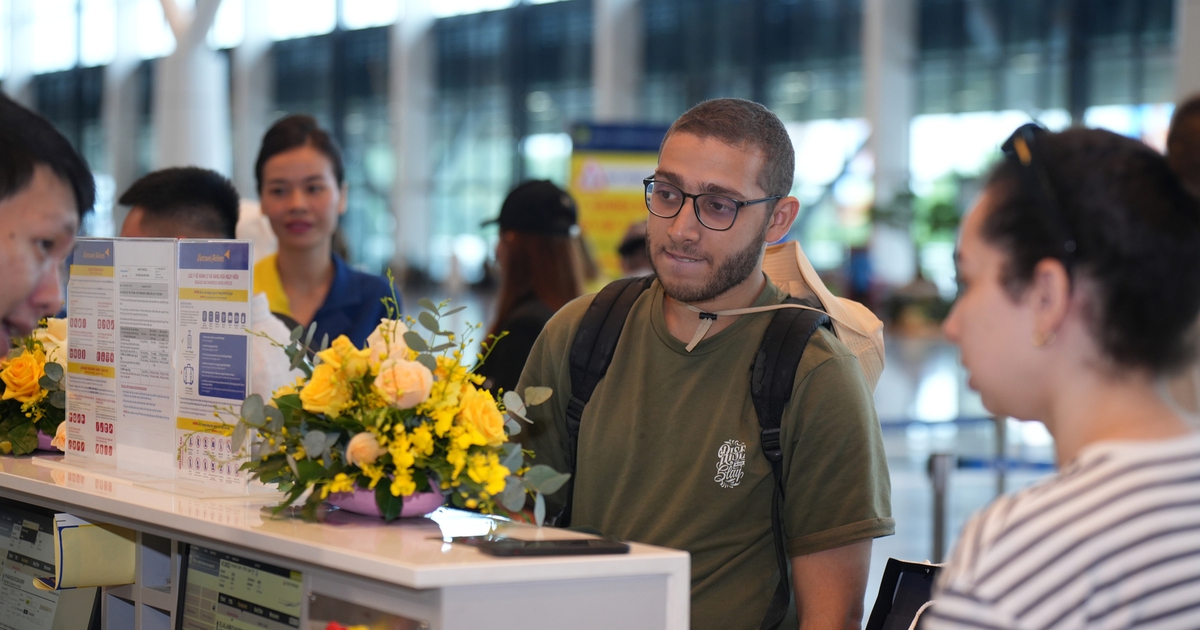




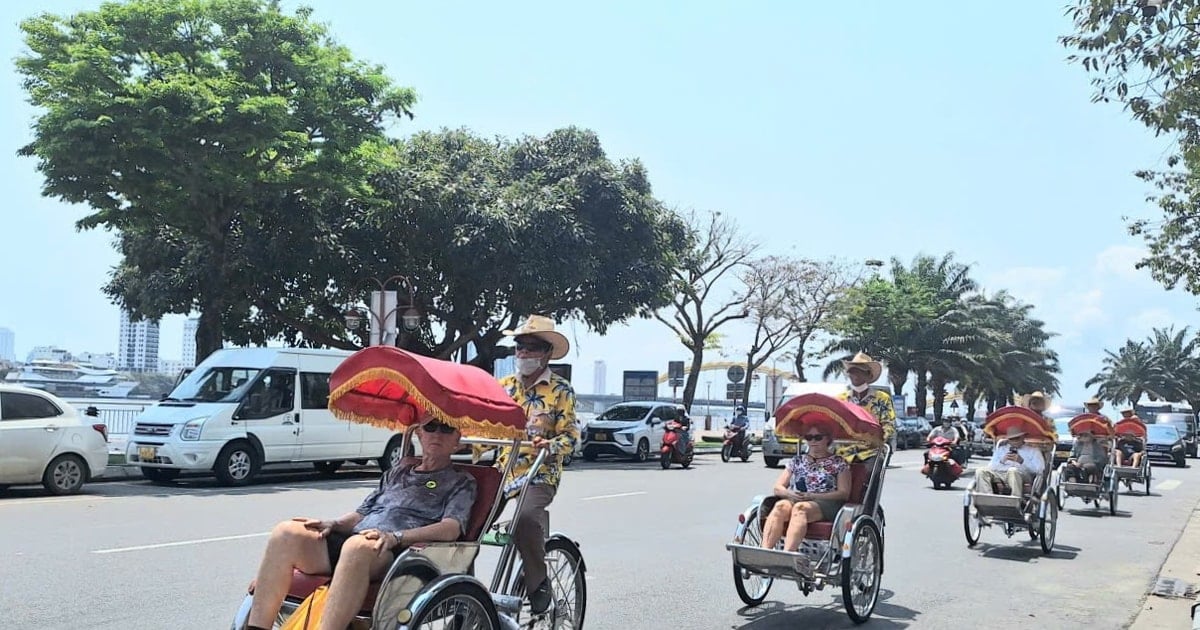

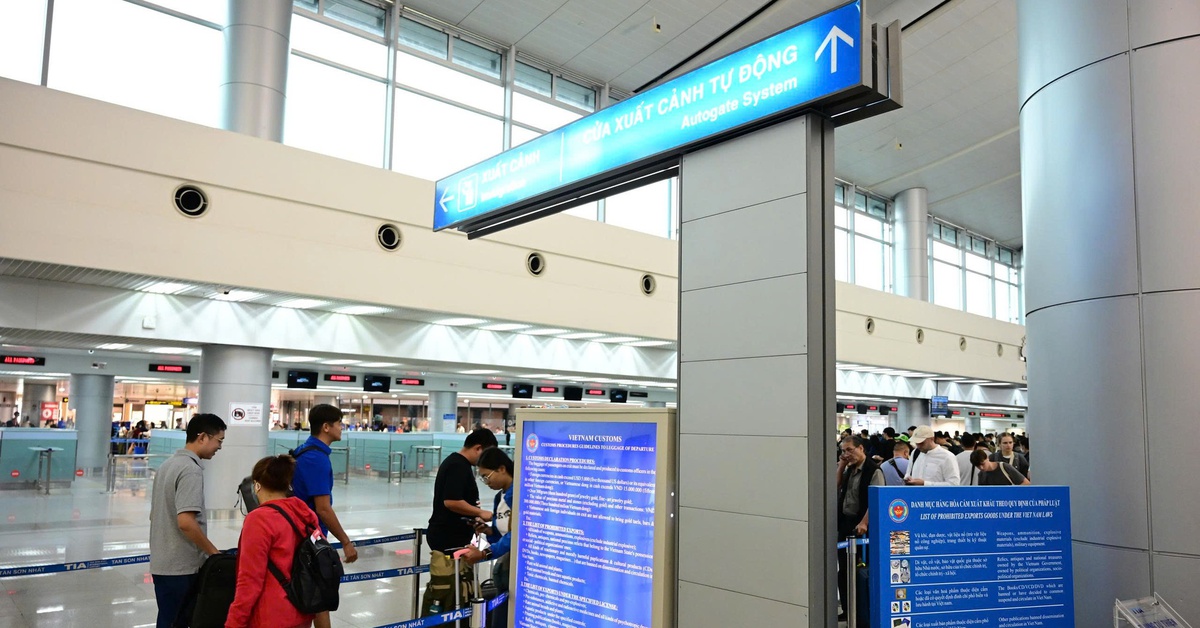

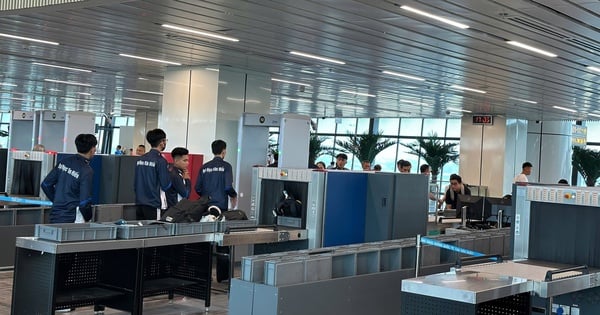



















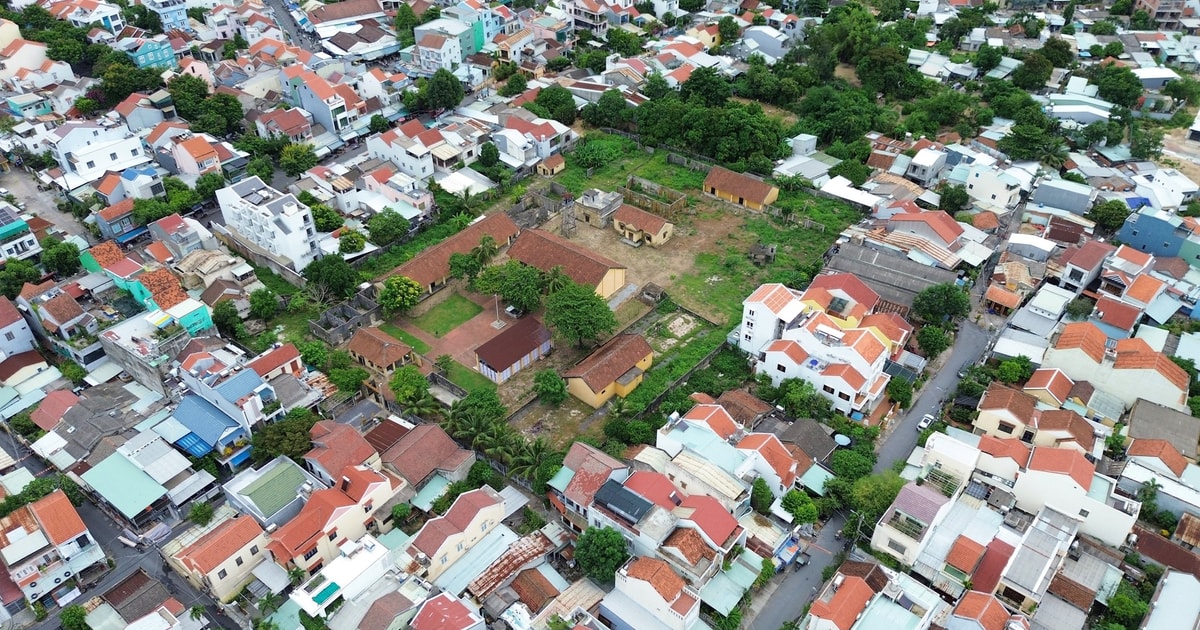






























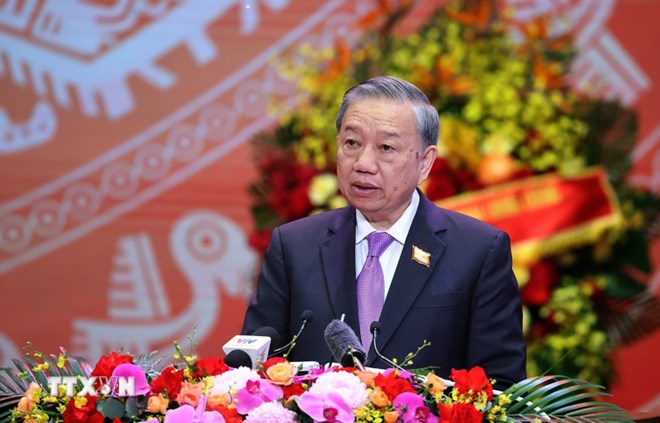

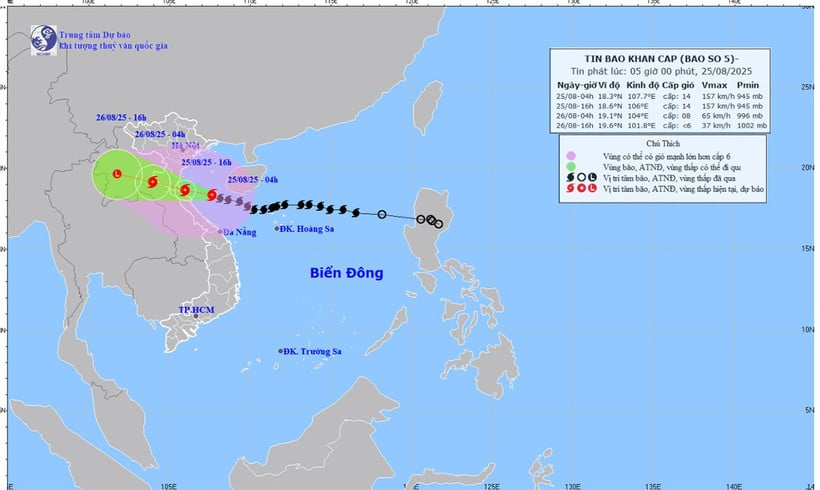
















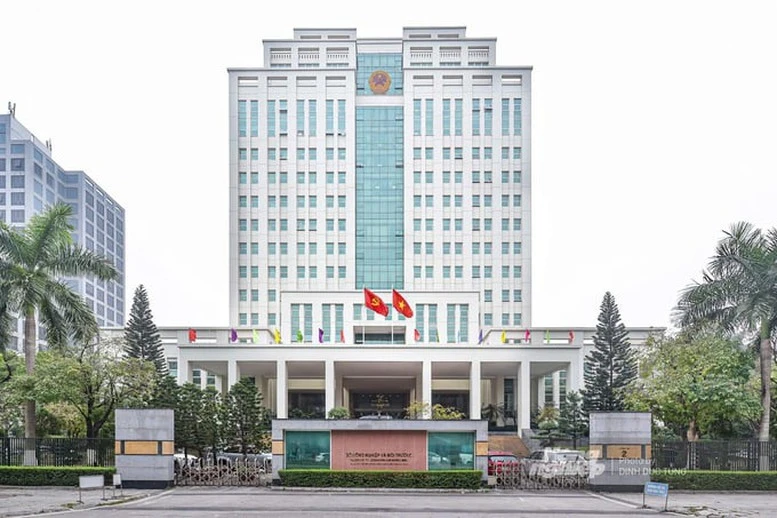




















Comment (0)